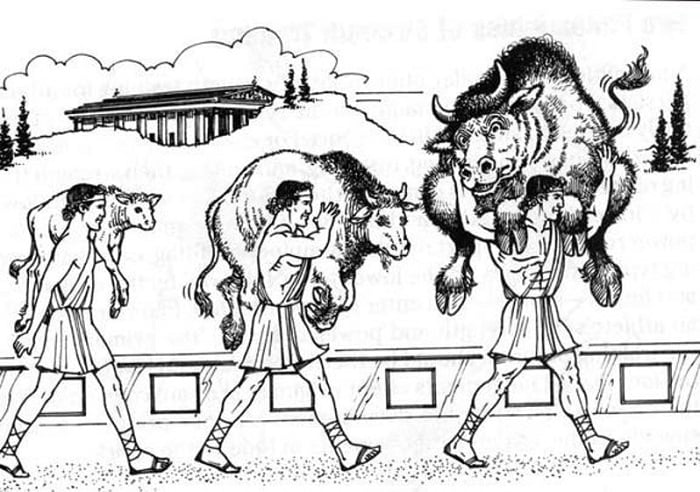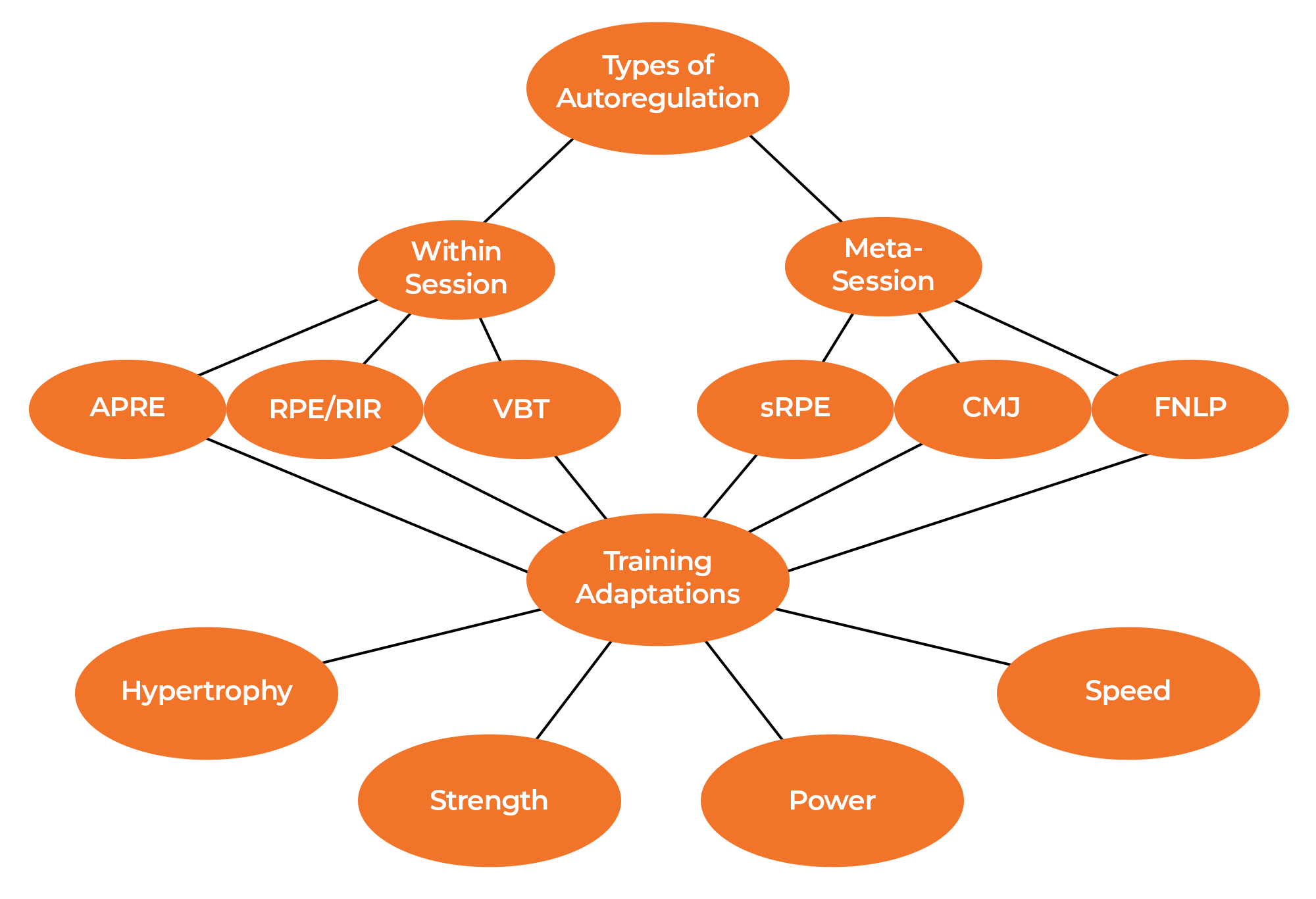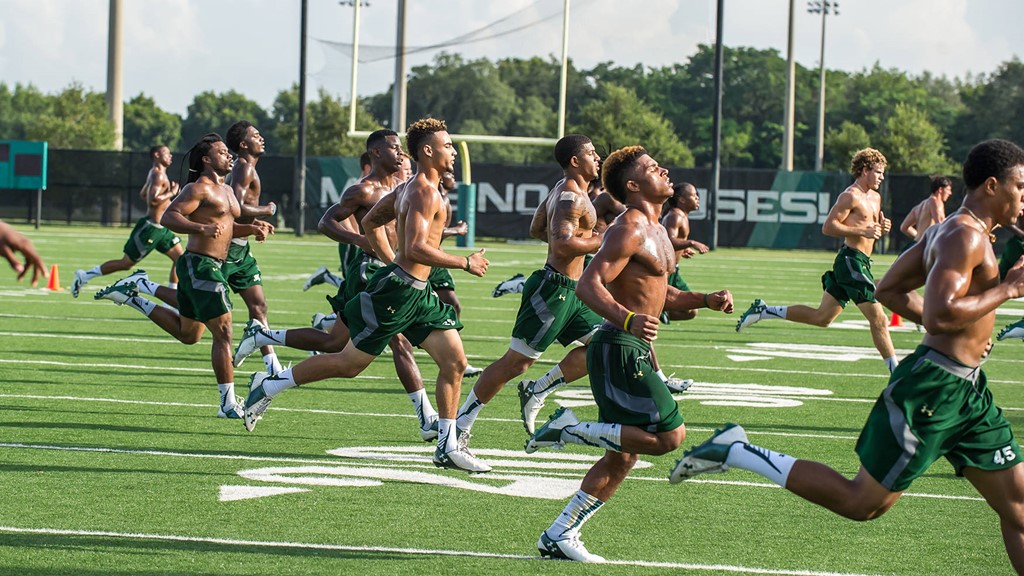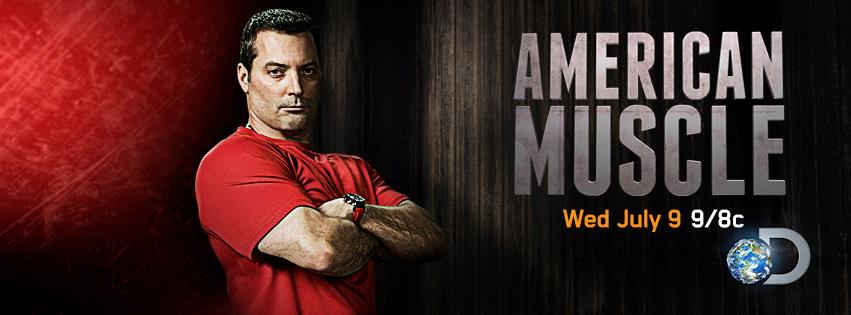Evolution of Resistance Training: Milo to Modern Autoregulation
The story of Milo of Croton, a tale of an ancient Greek wrestler from the 6th century BC, serves as a symbolic cornerstone and origin story for resistance training. Milo’s legendary daily task of lugging around a growing calf on his shoulders illustrates the essence of progressive overload. As the calf transformed into a bull, Milo’s strength and tissue grew in parallel, exemplifying the concept of incremental stress leading to neuromuscular adaptation. However, the story also warns of a potential limit to stress endured - a threshold for adaptation, and if surpassed there may be a regression in the body’s capacity rather than progress.

Image in the Public Domain
Diverse Responses to Resistance Training
The complexities of resistance training reach beyond the ancient tales. In the modern world, individuals present diverse responses influenced by factors such as genetics, biological age, training age, and in females' menstrual cycle phase. These variables introduce a layer of complexity, making it difficult to forecast and achieve uniform adaptations. Ultimately athletes completing similar resistance training protocols may experience different outcomes in terms of muscle hypertrophy, strength, power, and speed.
Beyond the Exercises: Factors Influencing Adaptation
Adaptation from resistance training is not purely dependent on the act of lifting weights; it encompasses a holistic approach that considers a variety of influencing factors. Aspects such as sleep quality, nutritional intake, and psychological strain act as powerful stressors either facilitating or hampering the adaptive process. The recognition of these factors, specifically for athletes with a considerable amount of training experience, becomes critical for coaches. Individualizing resistance training programs through the manipulation of volume and intensity for athletes allows for a more nuanced approach, acknowledging the undulating nature of recovery and performance states.
Resistance Training Autoregulation (RTAR): A Dynamic Approach
In response to the intricate nature of individual responses and the need for personalized adjustments, resistance training autoregulation (RTAR) emerges as a dynamic solution. The approach provides practitioners with the ability to modify training variables before and during sessions, accommodating the unique characteristics and responses of the individual. Thus, introducing a level of adaptability that traditional linear progression models fail to account for.
Evolution Beyond Milo: Undulating Readiness
The training journey has evolved beyond its origin with Milo’s simplistic daily weight addition. As athletes progress, the need for more novel stimuli becomes apparent and it's a coach's responsibility to provide it. Undulating readiness, defined by fluctuations in the individual’s physical and mental state, demands a more sophisticated and adaptable design. Therefore, the undulating nature suggests that a cookie-cutter, copy-and-paste model may not be sufficient for sustained progress.
Types of RTAR Methods: Within-Session and Meta-Session

Within-Session RTAR
Within-session RTAR involves real-time adjustments within a single training session and the approach allows for the fluid manipulation of training volume and intensity based on subjective, objective, or combined measures. Coaches can fine-tune their approach with athletes using methods such as rate of perceived exertion (RPE), repetitions in reserve (RIR), barbell velocity, or autoregulatory progressive resistance exercise (APRE). These methods may help provide a more accurate and immediately appropriate stimulus throughout the session acknowledging the individual’s current readiness state.
Meta-Session RTAR
Meta-session RTAR, on the other hand, takes a bit of a broader perspective. It assesses performance at the beginning of the training session, providing insights into the individual’s baseline readiness for the day. By gauging performance indicators like the countermovement jump (CMJ) or self-report scales such as session rating of perceived exertion (RPE) and flexible nonlinear periodization (FNLP), this method indirectly captures the perception of performance capability. Allowing for anticipatory modification by the coach on the training stimulus for the athlete’s session.
Conclusion: Navigating the Complexities
In conclusion, the journey from Milo of Croton to modern resistance training auto-regulation encapsulates a rich evolution. The awareness of diverse individual responses, the influence of factors beyond exercises, and the need for adaptable strategies have led to the development of more personalized strategies. Autoregulation, whether within- or meta-session represents a shift in the view of how to adapt resistance training programs offering an opportunity to maximize gains and acknowledge the complexity of the dynamic ecosystem of humans. As practitioners and athletes continue to explore these dynamic approaches, the junction of ancient wisdom and modern science propels resistance training into an era of personalized, adaptable, and effective methodologies.
Subscribe to our blog
Subscribe to receive the latest blog posts to your inbox every week.
Related posts

Special Forces Struggle to Keep Up With Texas A&M Workout

Performance Coaches Should Condition Athletes With More Precision

